Duration
4N/5DTrek Difficulty
ModerateHighest Altitude
3600 mBest Time
March to june, Sep to NovPrice
7,900/-
Uttarakhand
Har ki dun Trek
Details
Location Cover
- Sankri
- Dharkot
- Osla village
- Har ki dun
- Marinda Tal
Journey to Sankri Village
Sankri: A Remote Himalayan Hamlet: Sankri, located in the Uttarkashi district, is more than just a base camp for trekkers; it's a serene village that offers a peek into the untouched beauty of the Garhwal Himalayas.
The Drive: Covering approximately 220 kilometers, the journey from Dehradun to Sankri takes around 10 hours. The route passes through Mussoorie, Barkot, and Purola, showcasing diverse landscapes from bustling hill stations to quiet hamlets.
Road Conditions and Scenery: Travelers should be prepared for a mix of road conditions. While the initial stretch up to Mussoorie offers well-paved roads, the journey beyond can present challenges with occasional rough patches and narrow sections. The route meanders through pine forests, alongside rivers, and offers views of terraced fields, introducing travelers to the rural beauty of Uttarakhand.
Unique Aspects of the Route:
Mussoorie Bypass: A scenic detour that offers breathtaking views of the Doon Valley.
Mori River: The drive along this river is particularly picturesque, with opportunities to spot diverse birdlife.
Remote Villages: The route passes through several remote villages, where life moves at a slower pace. These areas offer a glimpse into traditional Garhwali culture and lifestyle.
Travel Tips:
Prepare for Variability: Weather conditions can change rapidly, affecting road conditions. It's advisable to check weather forecasts and local advisories before departure.
Stay Hydrated: The long drive and altitude gain require staying hydrated and taking regular breaks.
Capture the Journey: The route's natural beauty is worth documenting, so keep your camera handy for spontaneous photo ops.
Arrival at Sankri
Welcoming Atmosphere: Upon arriving in Sankri, trekkers are greeted with the warm hospitality of the locals. The village is a tight-knit community, with homestays and guesthouses providing comfortable accommodations.
Pre-Trek Preparations: Sankri is the perfect place to make final preparations for your trek, with local shops offering trekking supplies and last-minute essentials.
Natural Surroundings: Surrounded by the majestic peaks of the Garhwal Himalayas and dense forests of the Govind Wildlife Sanctuary, Sankri offers tranquility and a deep connection with nature. The village itself presents a picturesque setting, with traditional wooden houses, apple orchards, and the soothing sound of the Supin River.
Departure: Sankri Village
Sankri: A quaint hamlet nestled in the Uttarkashi district, Sankri serves as the threshold to the enchanting world of the Himalayas.
Journey to Dhaatmeer
By Road: The initial leg of the journey from Sankri to Dhaatmeer covers a distance of approximately 12 kilometers. This stretch is characterized by winding mountain roads, offering glimpses of rural Uttarakhand life.
Road Conditions and Scenery: The journey to Dhaatmeer might challenge travelers with its narrow and occasionally rough patches. However, the route compensates with its scenic beauty, showcasing lush forests, cascading waterfalls, and the vibrant culture of mountain communities.
Trek to Osla Village
Trek Distance: From Dhaatmeer, trekkers set off on a 7 kilometer trek to Osla Village. This path winds through dense forests, alongside the Supin River, and across wooden bridges, gradually ascending into the heart of the Himalayas.
Trek Experience: The trek from Dhaatmeer to Osla is a blend of natural beauty and cultural immersion. Trekkers are treated to stunning views of the Garhwal mountains, interspersed with meadows and streams.
Unique Aspects of the Trek:
Flora and Fauna: The trail is alive with the sounds and sights of Himalayan flora and fauna. Trekkers can spot a variety of birds, and if lucky, glimpses of wildlife such as Himalayan Monal or even a Leopard in the distant.
Cultural Richness: Osla Village itself is a treasure trove of Garhwali culture, with its traditional wooden houses, ancient temples, and the warm hospitality of its residents.
Ancient Temples: Among Osla’s many attractions is the unique temple dedicated to Duryodhana, a character from the Mahabharata, showcasing the village’s distinct cultural narrative.
Arrival at Osla
Osla Village: After the rigorous trek, Osla emerges as a haven of peace and tradition. Situated at an elevation of around 2,590 meters, it offers a serene environment and breathtaking views of the surrounding peaks.
Local Interaction: Staying in Osla provides an excellent opportunity to interact with the locals and learn about their lifestyles, traditions, and stories connected to the land.
Preparation for Further Trek: For trekkers heading deeper into the mountains, Osla serves as an important rest point to acclimatize and prepare for the challenges ahead.
Travel Tips:
Pack Light and Right: For the trek segment, carrying only essentials and appropriate trekking gear is advisable.
Stay Hydrated: The trek involves considerable physical exertion, making hydration crucial.
Respect Local Customs: Osla holds deep cultural significance for its inhabitants. Trekkers are encouraged to engage respectfully with the community and participate in local traditions if invited.
Departure: Osla Village
Osla Village: Standing as a sentinel of time, Osla is a gateway to the past, with its traditional architecture and ancient temples. Departing from Osla, trekkers embark on a journey through time and nature to the mythical Har Ki Dun valley.
Trek to Har Ki Dun
Distance: The trek from Osla to Har Ki Dun stretches over approximately 12 kilometers, leading through diverse terrains that offer a mix of steep ascents, lush meadows, and river crossings.
Trail Highlights:
Ancient Trails: The path to Har Ki Dun is believed to be the same one taken by the Pandavas on their ascent to heaven, infusing the journey with a sense of legend and history.
Floral Paradise: Depending on the season, trekkers are greeted by a carpet of wildflowers, including rhododendrons and orchids, creating a vivid mosaic against the green backdrop.
Fauna Sightings: The region is home to wildlife such as the Himalayan Langur, Black Bear, and a plethora of bird species, making it a thrilling experience for nature enthusiasts.
Trek Experience: The trek is a moderate challenge, offering breathtaking views of the Swargarohini and Bandarpunch ranges, with the trail culminating in the serene and expansive Har Ki Dun valley, surrounded by towering peaks and glaciers.
Arrival at Har Ki Dun
Har Ki Dun Valley: A cradle shaped valley located at an elevation of around 3,566 meters. Known as the "Valley of Gods," Har Ki Dun offers panoramic views of untouched natural beauty and is a haven for trekkers seeking peace and solitude.
Camping Experience: The valley provides idyllic spots for camping, allowing trekkers to immerse themselves in the tranquility of the Himalayas under a star-studded sky.
Trek to Maninda Tal
Distance: The excursion from Har Ki Dun to Maninda Tal and back involves a trek through varying landscapes, showcasing the pristine beauty of the region's alpine lakes and the surrounding meadows.
Lake Visit: Maninda Tal, a small yet enchanting lake, serves as a perfect detour for those looking to explore the hidden gems of the Garhwal Himalayas. The reflection of the surrounding peaks on the lake's surface creates a mesmerizing effect, offering a moment of reflection and peace.
Return to Osla
Journey Back: The return trek to Osla, while retracing steps, feels different with the enriched perspective gained from the journey. The descent provides an opportunity to absorb the majestic beauty of the valley with a renewed sense of appreciation.
Trek Back to Sankri
Retracing the Path: The trek back from Osla to Sankri, covering the familiar trails and landscapes, offers a chance to reflect on the journey undertaken. This leg of the trek is a gradual descent, allowing for a less strenuous but equally rewarding experience.
Drive to Dehradun
Sankri to Dehradun: Completing the circuit, the drive back from Sankri to Dehradun covers the scenic routes through the Garhwal region, offering one last glance at the rugged beauty of the Himalayas and the serene villages along the way.
Reflection and Departure: As trekkers make their way back to the urban landscape of Dehradun, the memories of the valleys, mountains, and the timeless villages like Osla linger, promising a call back to the wild and the serene.
Terms and Conditions
- Carry valid id card i.e. Aadhar Card/Passport/Driving Licence.
- Modification or Amendment is accepted in compliance with the cancellation policy. Any changes in tax must be paid by the guest.
- Any changes in tax must be paid by the guest.
- Hike2Heaven reserves the right to cancel the booking if the balance amount is not paid at the time of arrival.
- Guaranteed bookings are those for which the full and final payments have been received before start of Trek.
- 30% of the payment must be done at the time of booking.
- The remaining 70% of the payment must be cleared before arrival as it is required to arrange stay, food, and other equipment for the trek.
- Full payment must be made in advance to confirm bookings and can be done in Cash/UPI/Bank account only.
- Personal cheques and post-dated cheques are not acceptable.
- Payments can be deposited using bank details, online payment, Gpay, Phonepe, Paytm.
- A scan or fax copy of the bank-stamped deposit Pay-in slip or a screenshot of the transaction is required for online transfers.
Cancellation Policy
| Number of Days prior to Trek | Cancellation Charges applicable |
| 30 Days before | 10% |
| 8-29 Days before | 30% |
| 7 Days before/ No show | No refund |
Note: - Contact us in case of change of dates/trek
Trek Cost Inclusion
- Accommodation: - Stay is included on all days of the trek. In tents/guest house double/triple sharing only. Guesthouse stay will be at base of Trek and on other days you will be staying in tents.
- Meals: - Meals are simple, nutritious, and vegetarian.
Day Meal included Day-1 of base camp arrival Dinner & Breakfast next morning Next Days on Trek Breakfast, Packed lunch & Dinner Final Day at Base camp for Departure Dinner & Breakfast next morning - Non-veg meals are not served.
- Trek Equipment: - All the trek equipment will be included like a sleeping bag, Camping Tent, kitchen tent, utensils, mattress, tent, toilet tent, and crampon (if needed).
- Transportation: - Transportation charges are included if opted for.
- First aid medical kits.
- All the needed forest entry fees along with permits.
- Your trek will be led by a trained, experienced professional guides and trek leaders with a solid guiding background, trekking experience, and a passion for leading people into breathtaking terrains.
Trek Cost Exclusion
- All kinds of personal expenditures are excluded.
- Anything that we have not mentioned above.
- The trek cost is not inclusive of meals bought during the journey on 1st day and last day. (Food starts from dinner at base camp on day first till last day morning breakfast).
- Mules or porter charges to carry private baggage.
- Any kind of emergency evacuation charges.
Packing List
Things you must take on the trek
- DOCUMENTS REQUIRED
- VITAL GEAR KIT
- PERSONAL MEDICAL/HEALTH KIT
1.DOCUMENTS REQUIRED: -
To ensure a smooth and hassle-free trekking experience with Hike2Heaven, make sure you have the following documents ready. These documents are required by both Hike2Heaven and the forest department, and without them, you will not be permitted to trek.
1.Government Photo Identity Card: Carry the original and a photocopy of a government- issued photo identity card. This can include a driver’s license, Aadhar Card, or passport. The forest department requires this for identification purposes.
2. Disclaimer Certificate: The disclaimer certificate consists of two sections:
•Personal Medical Record if anyDuring registration at the base camp, hand it over to your Trek Leader.
Pro Tips:. Safeguard your important documents by placing them in a clear plastic cover and sliding them into the inner pocket at the back of your backpack. This precaution prevents them from getting wet and ensures their safety throughout the trek.
Having these documents in order ensures a smooth check-in process and allows you to focus on the adventure that lies ahead. Trek safely and enjoy your journey with Hike2Heaven!
2. VITAL GEAR KIT: -
Before making any gear purchases, consider inquiring at Hike2Heaven for custom-made, high- quality gear available at just 5% of the buying cost. Rent trekking essentials like shoes, backpacks, padded jackets, trekking poles, rainwear, and headlamps for less than Rs 1400 for the entire duration of your trek.
-
Here's a comprehensive list of everything you need for your trek:
- Trekking shoes with ankle support
- Backpack with rain cover
- Daypack for the summit day (10-15 L)
- 1 woollen sweater
- 1 fleece
- 1 padded jacket
- 1 woollen sweater
- 2 fleeces
- 1 padded jacket
- 1 pair of thermals
- 1 woollen sweater
- 2 fleeces
- 1 padded jacket
- Sunglasses
- Sun cap with flaps
- Waterproof gloves
- Balaclava
- Socks (2 pairs of Dry fit + 1 pair of Woollen)
- Headlamp
- Trekking pole
- Rain jacket + pants / poncho
- Sunscreen
- Moisturiser
- Light towel
- Lip balm or Vaseline
- Toilet paper
- Toothbrush
- Toothpaste
- Reusable plastic covers (for used clothes)
- Steel lunch box, spoon, and mug
- Two water bottles or Hydration Pack **Our top tip: Keep your backpack light. Hike2Heaven promotes low-impact sustainable trekking, and carrying your own backpack reduces your impact on the mountains by 20%. We encourage all trekkers to carry their own backpacks unless they have a justifiable reason not to. Trek responsibly and enjoy your adventure!
1. Shoes and Backpack:
2. Warm Layers and Clothes:
Spring, Summer, and Monsoon Treks (3 layers):
Autumn Treks (4 layers):
Winter Treks (5 layers):
3. 3 collared T-shirts (Wear one, carry two)
4. 2 quick-dry trek pants (Wear one, carry one)
5. Accessories:
6. Toiletries:
7. Cutlery:
3.PERSONAL MEDICAL/HEALTH KIT: -
Ensure you carry these medicines with you, easily accessible always. Remember not to take any medicine unless you have consulted your trek leader.
1. Diamox (1 Strip): An essential part of Live Saving Drugs, Diamox helps reduce the chances of Acute Mountain Sickness on the trek.
2. Dolo 650 (5 tablets): A paracetamol that tackles fever and mild pain.
3. Avomine (4 tablets): If you are prone to motion sickness, carry Avomine. Take one-half hour before the start of your road journey.
4. Combiflam (5 tablets): Useful for sudden twists or muscle strains. Combiflam is a pain reliever containing paracetamol.
5. Digene (4 tablets): Take it if you feel the food, you've consumed is undigested. Alert your trek leader immediately, as it could be a sign of AMS.
6. ORS (6 packs): Consume an ORS pack at least once a day, usually mid-day during your trek. It replenishes essential salts lost while trekking. Tip: It also makes cold water easier to drink.
7. Knee Brace (optional): Carry this if you are prone to knee injury or have known issues of knee pain.
Our trek leaders carry a high-altitude medical kit, including Life Saving Drugs, and are trained to handle emergencies. Contact your trek leader before consuming any of these medicines.






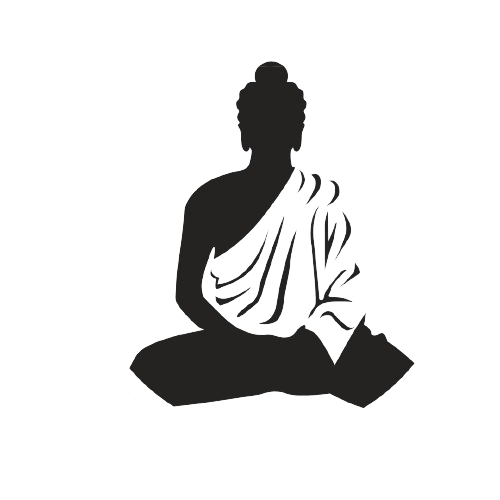








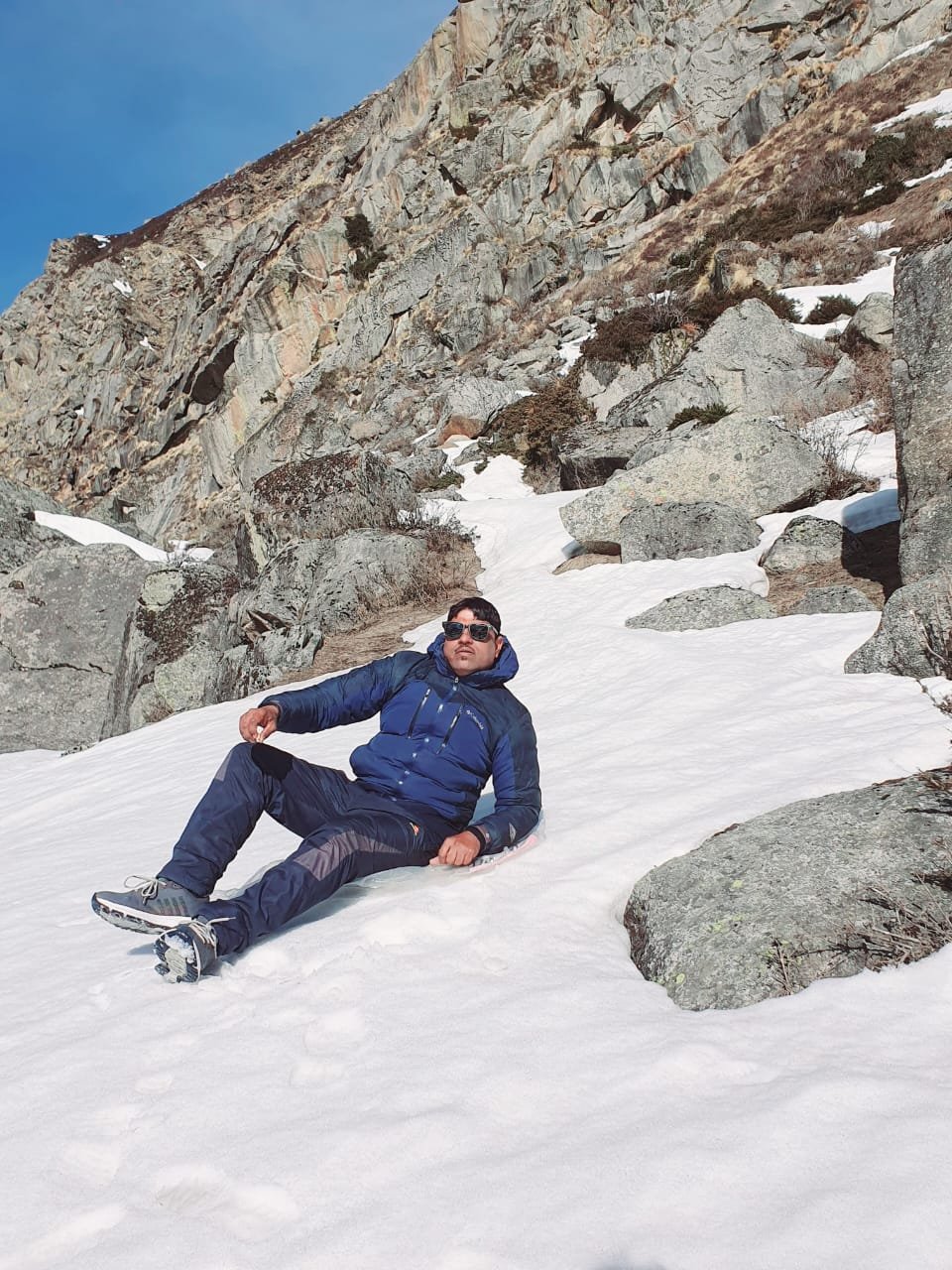
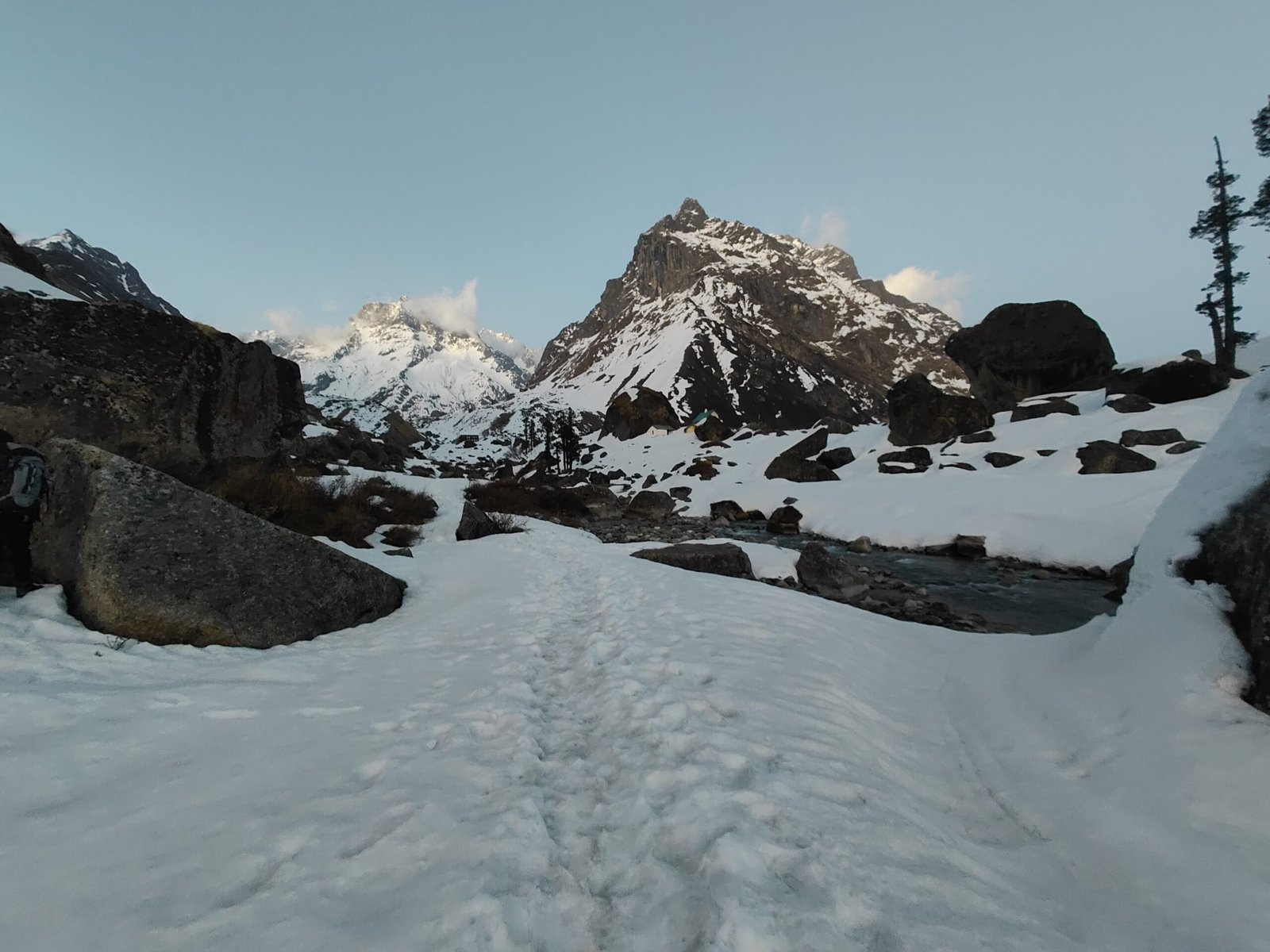
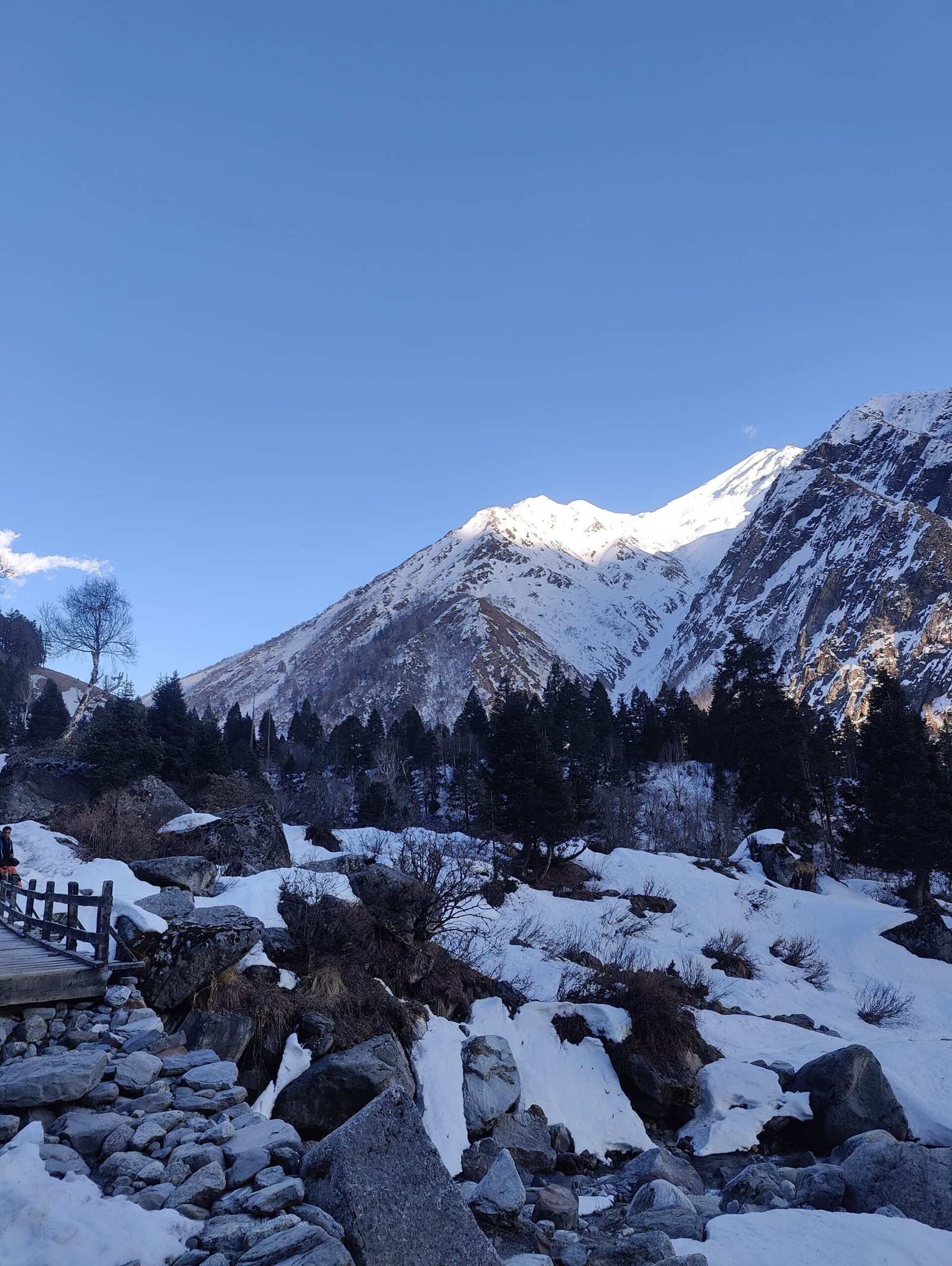
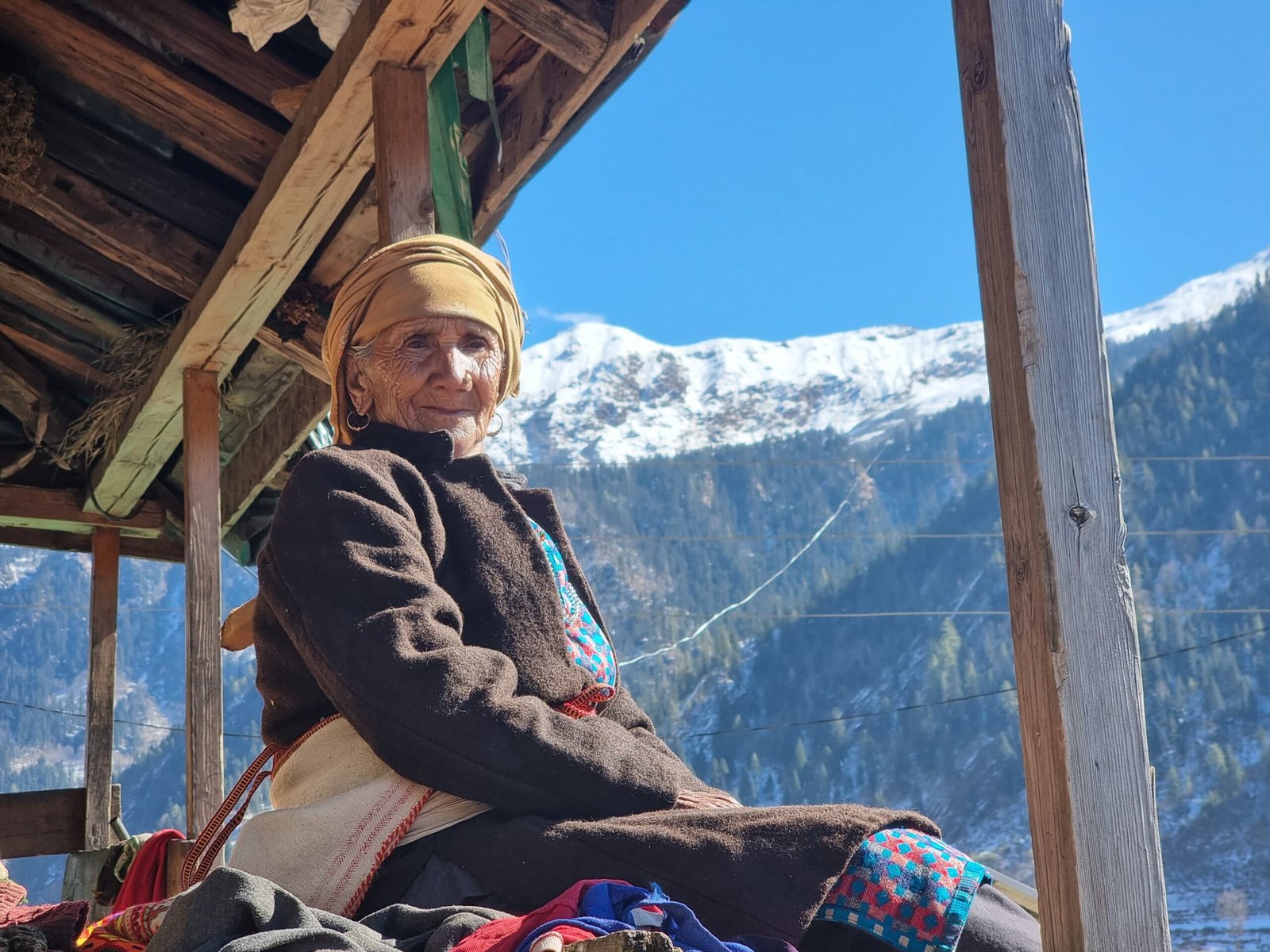





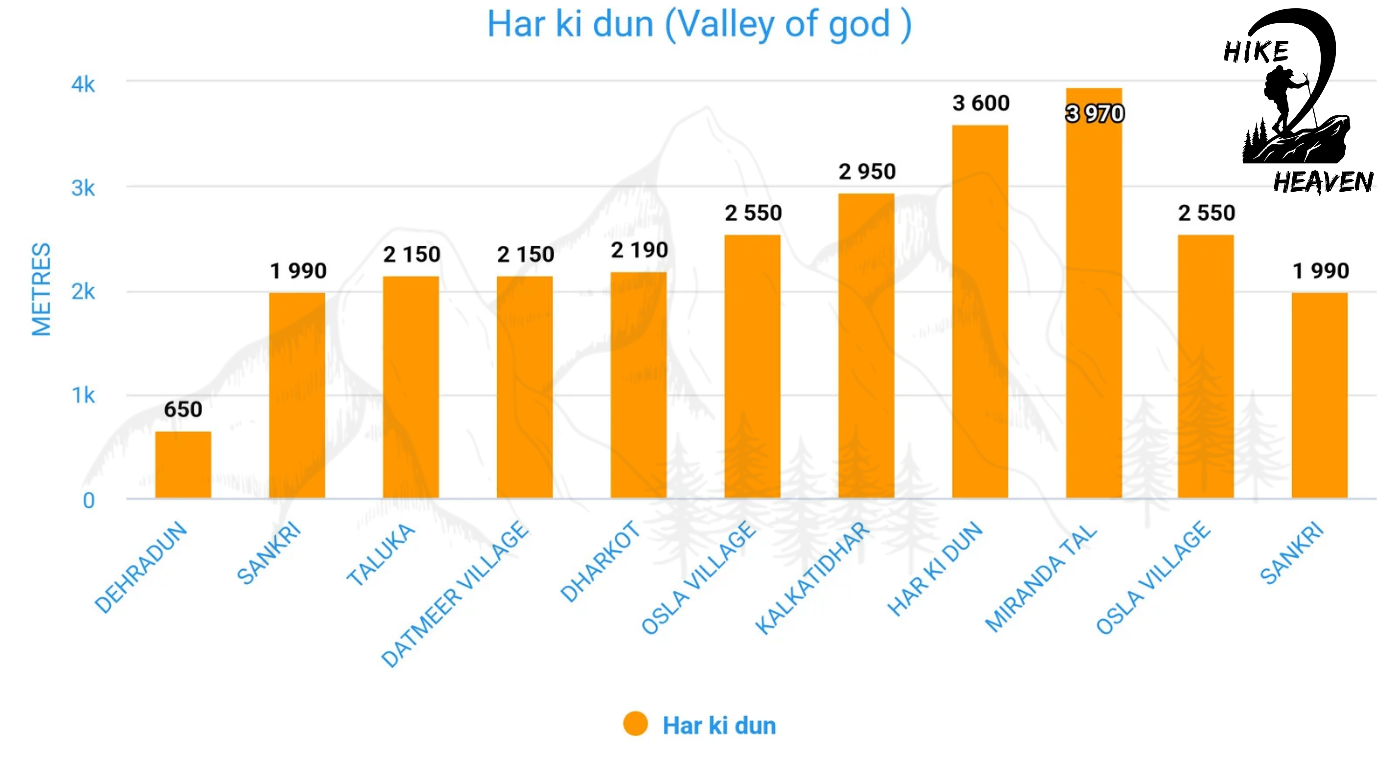










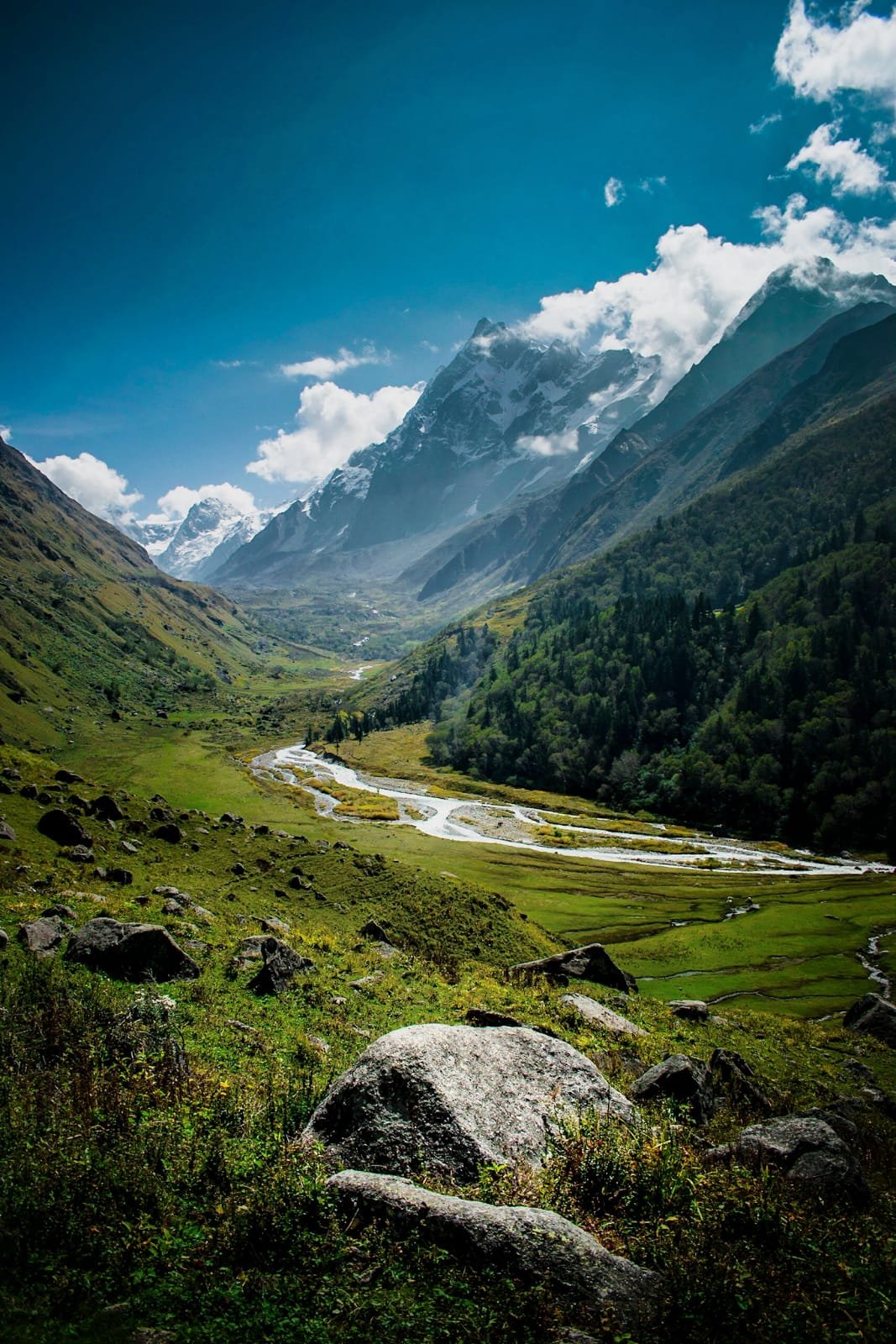
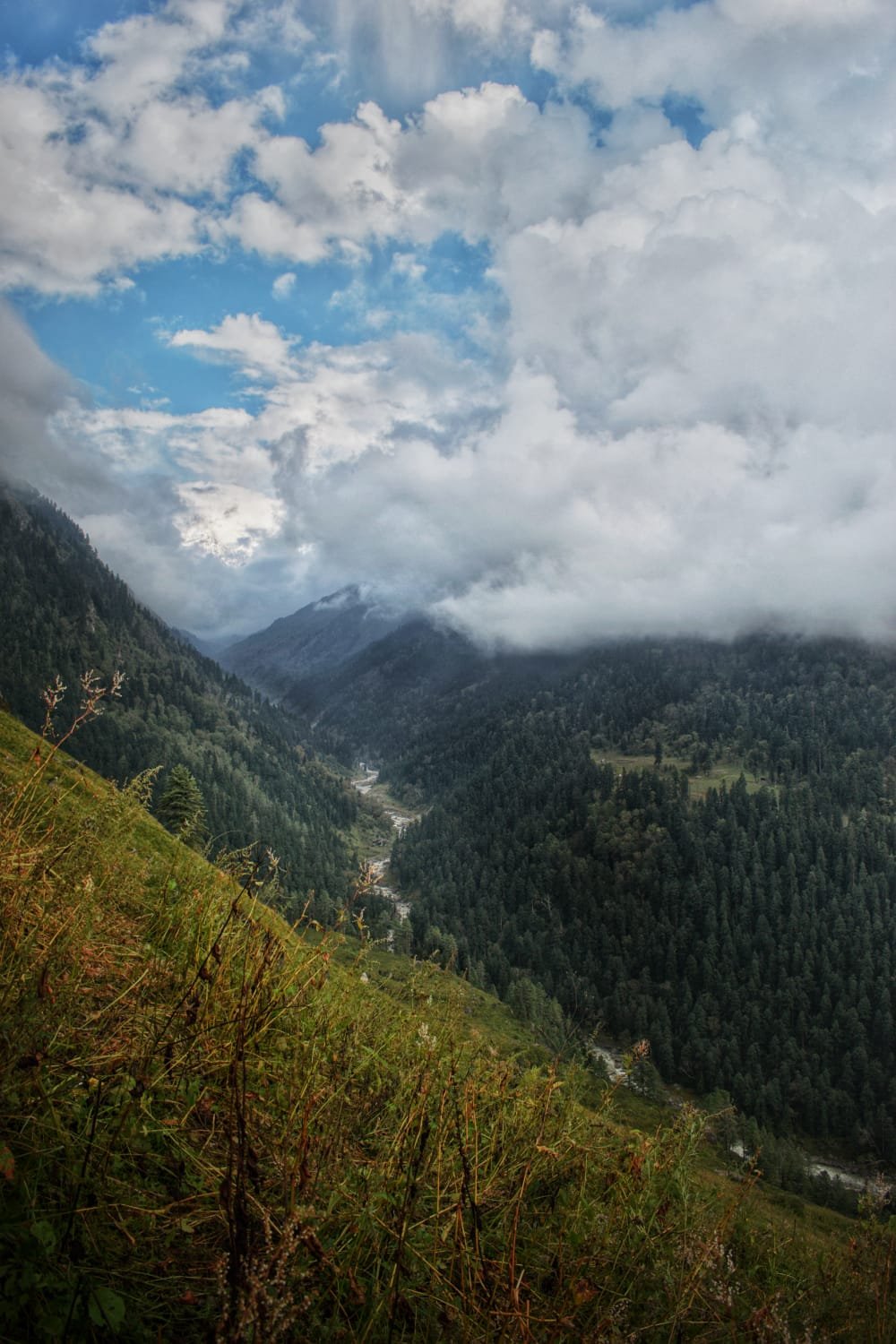

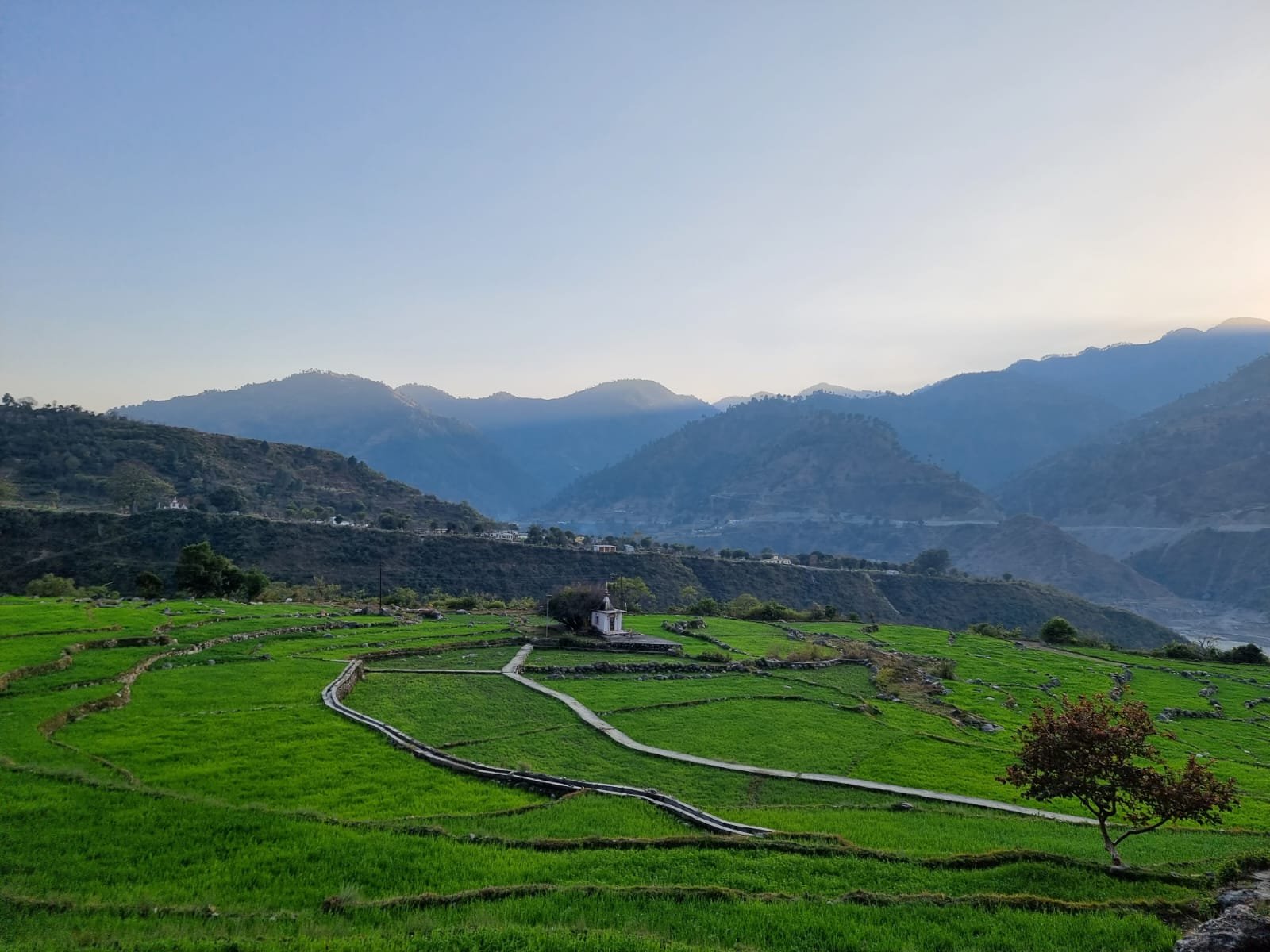



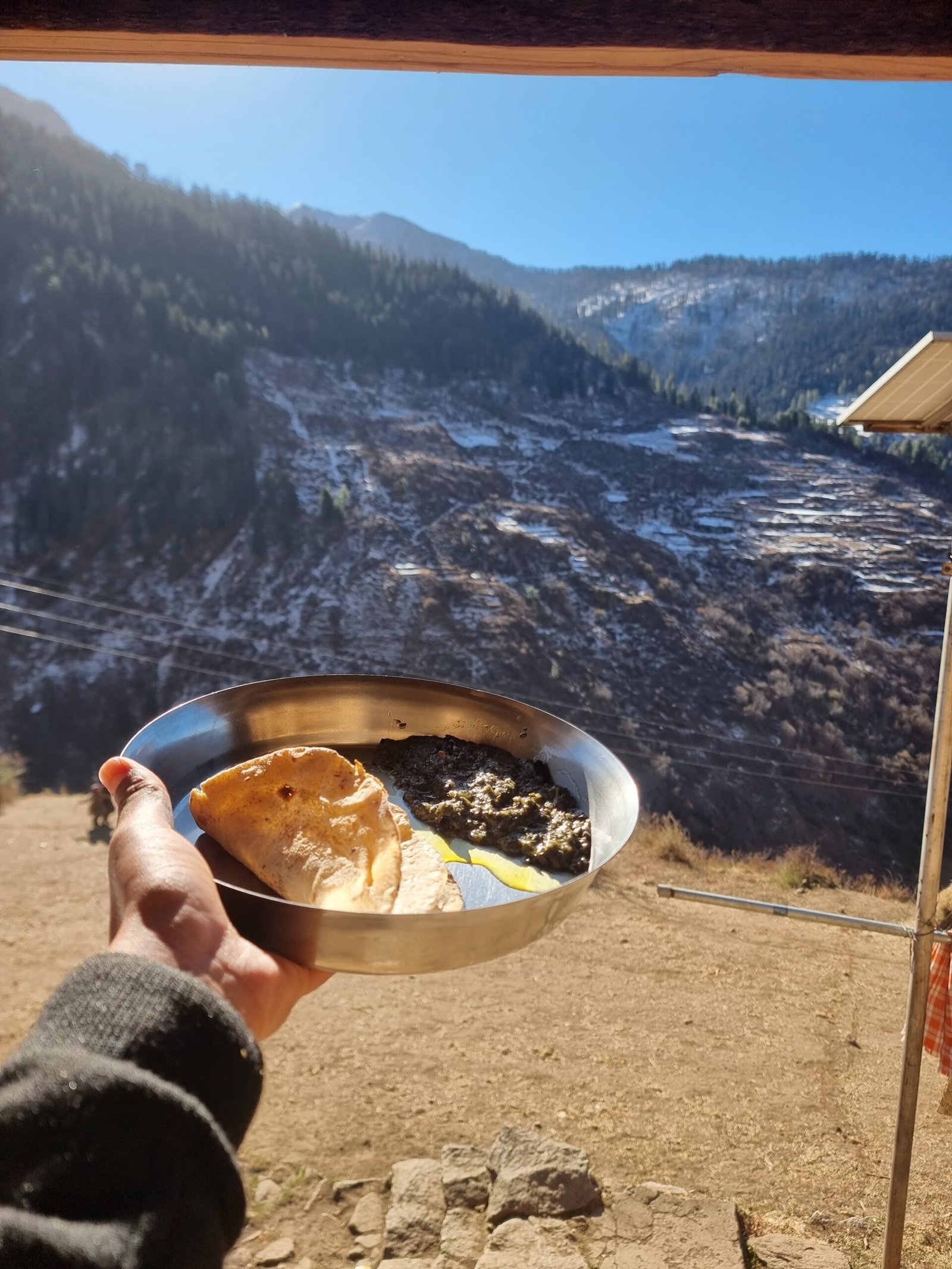
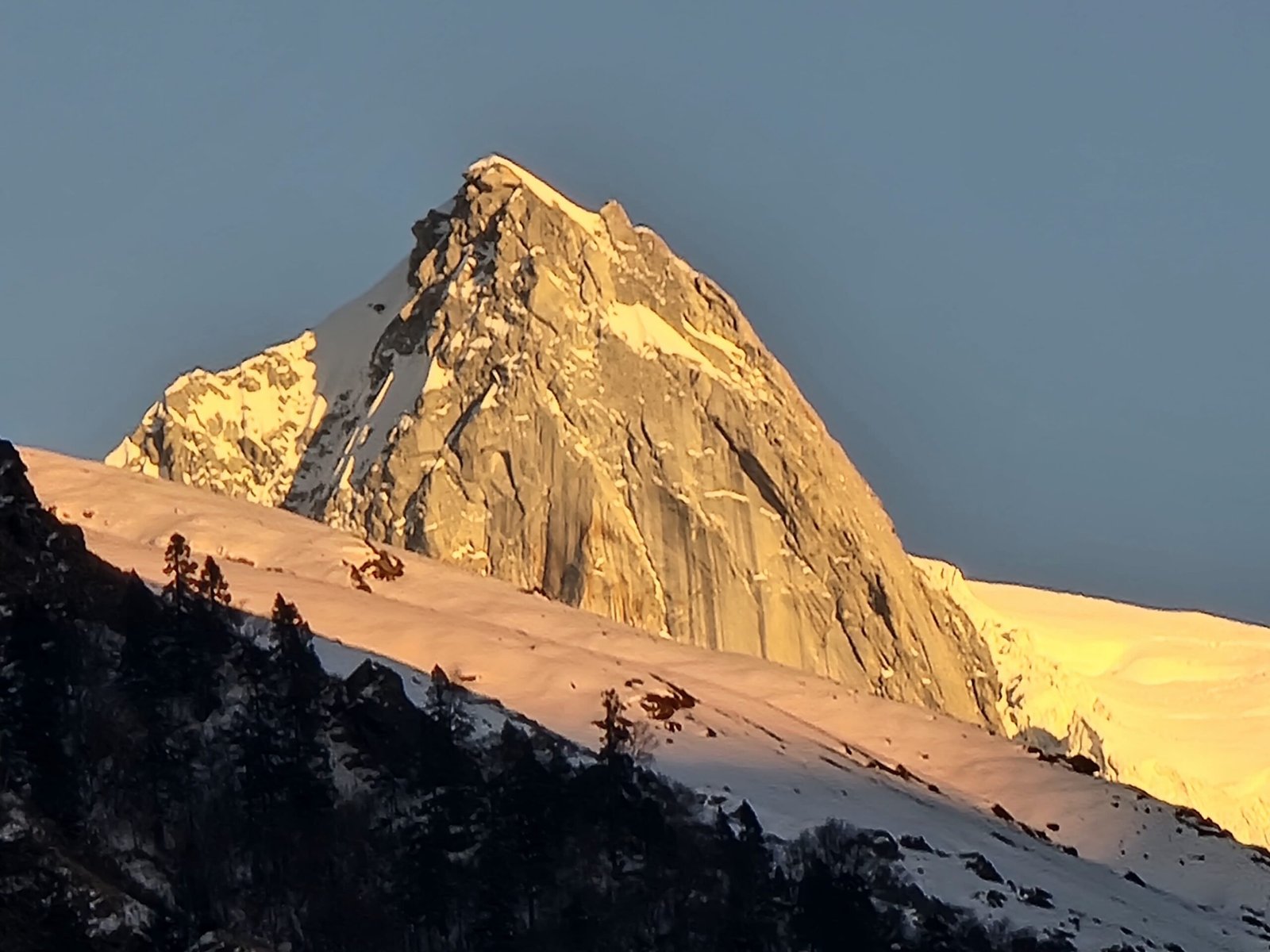






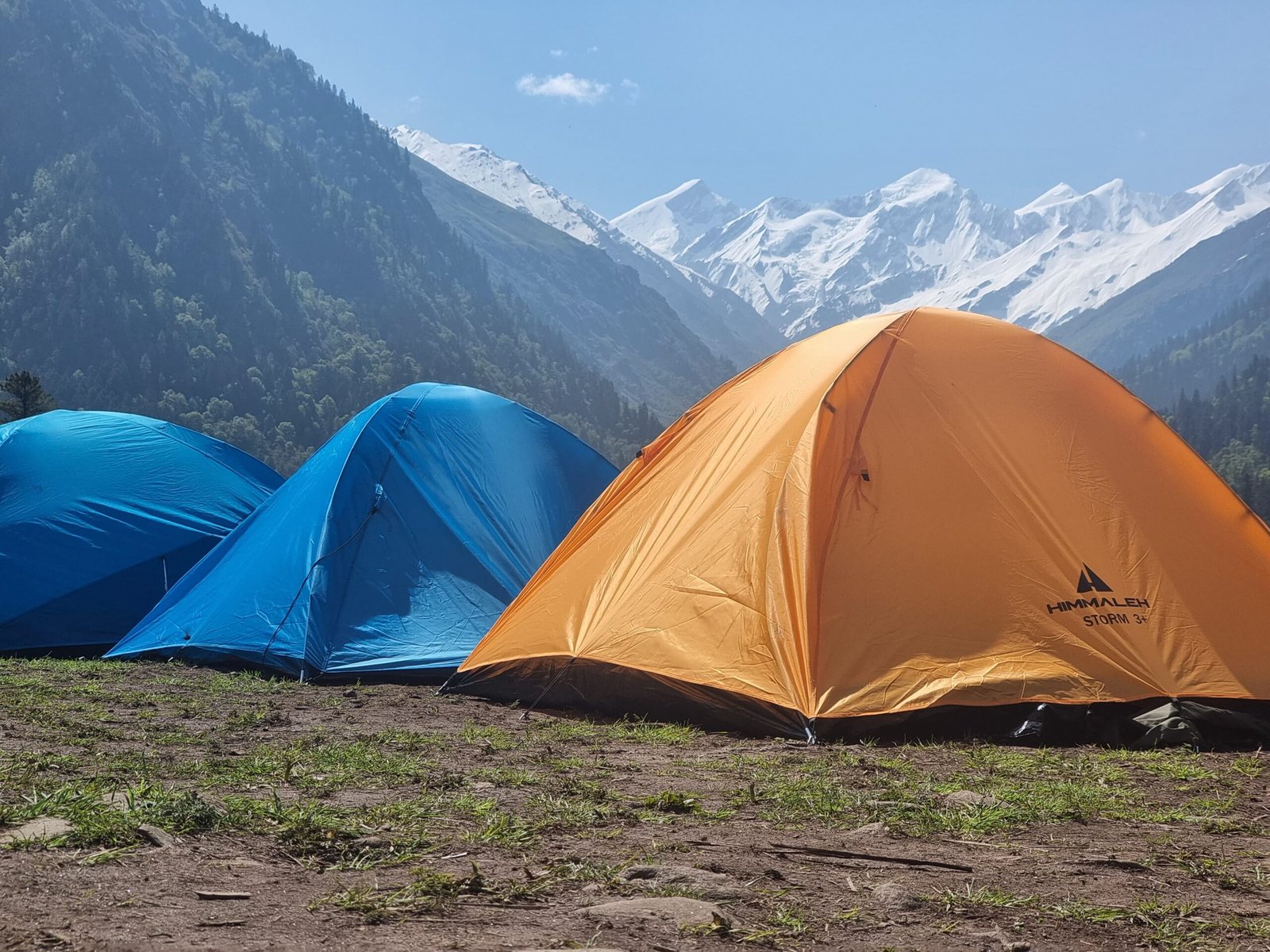
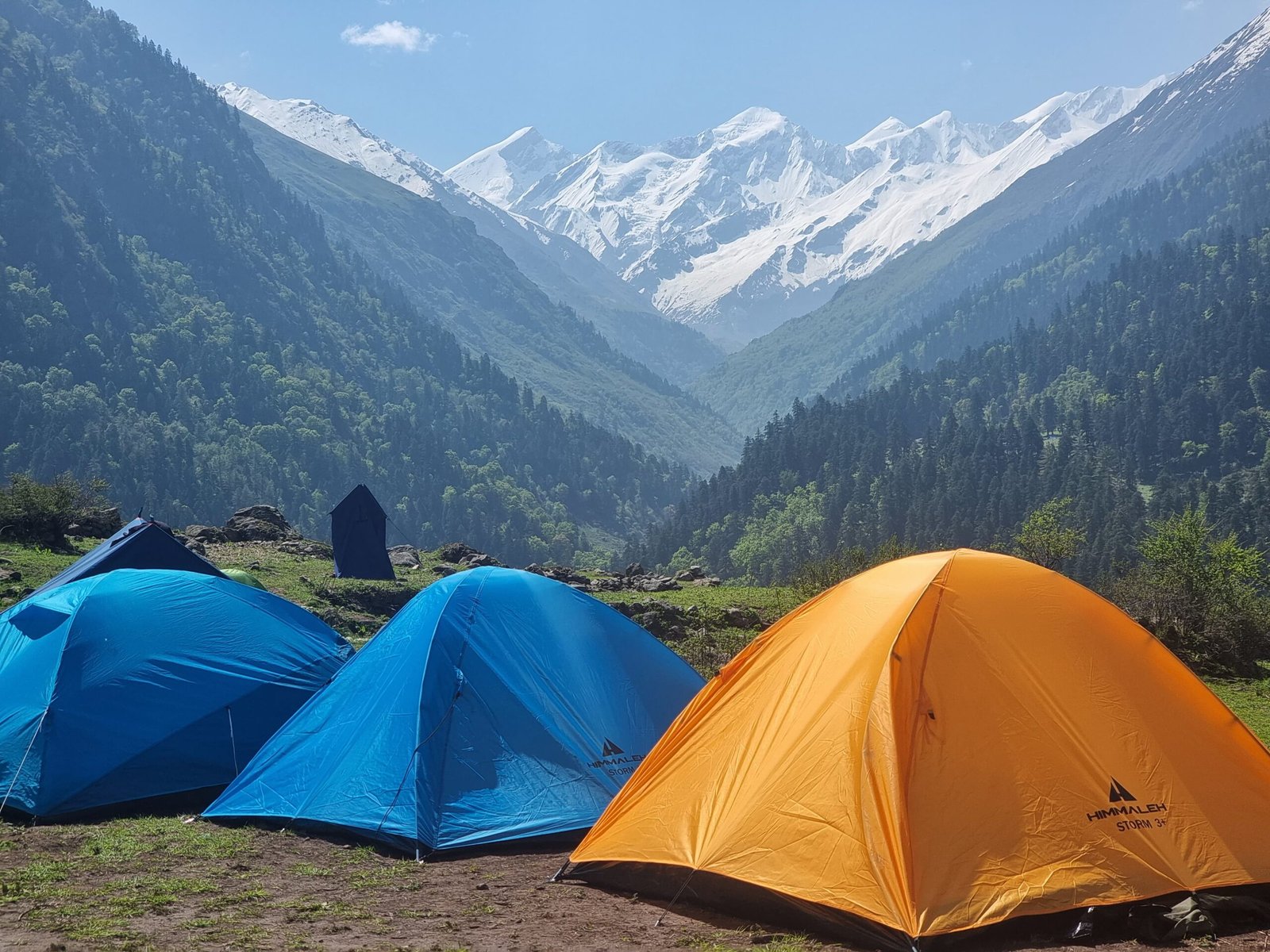

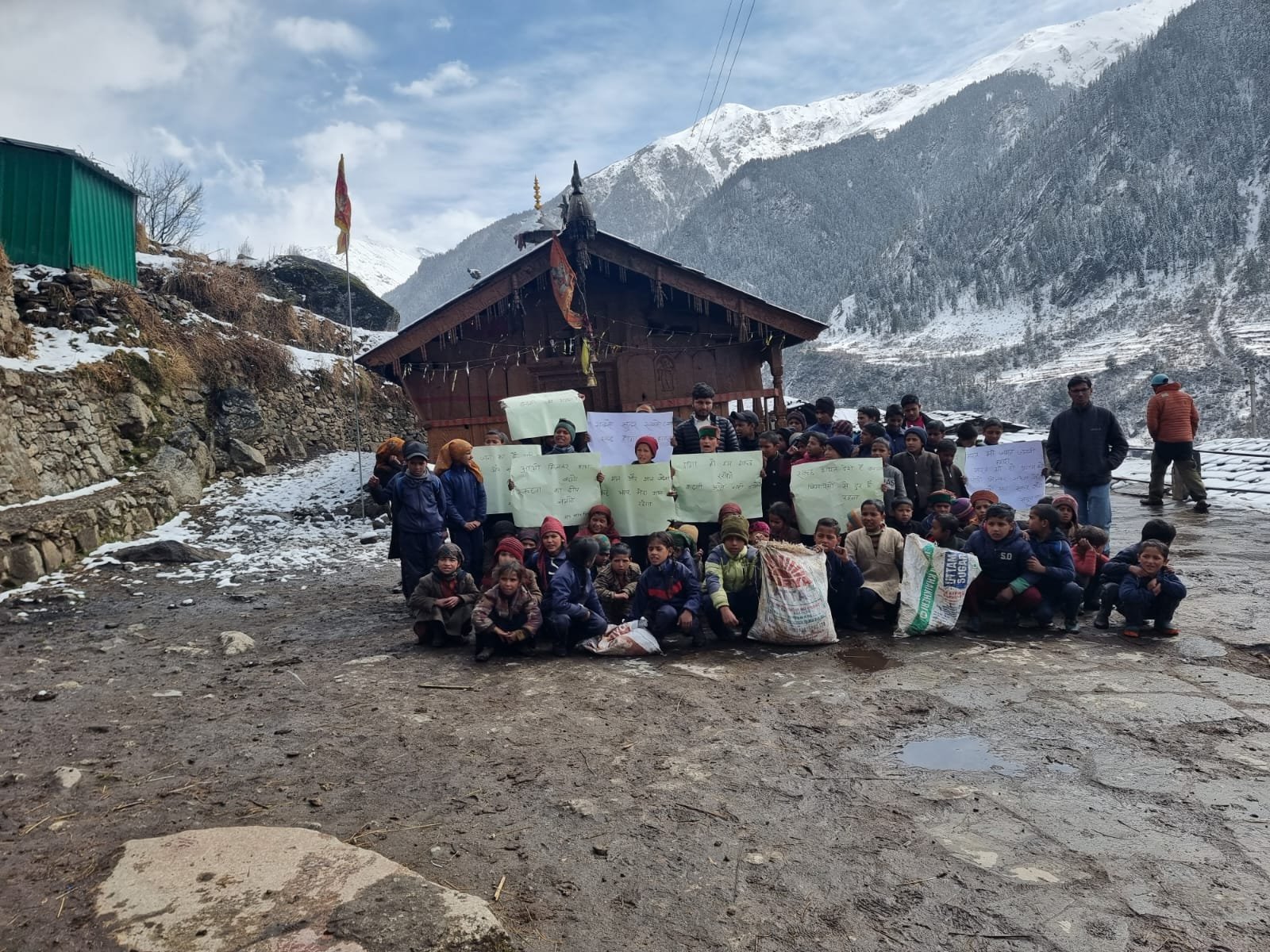

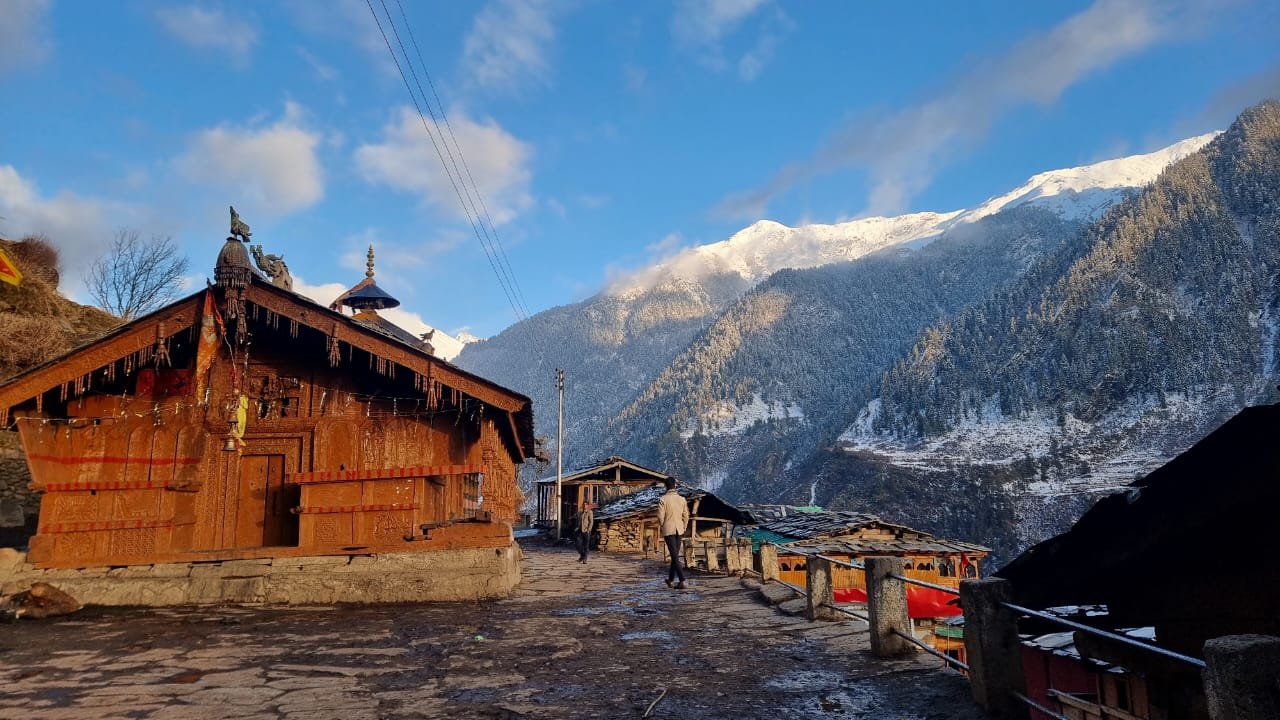
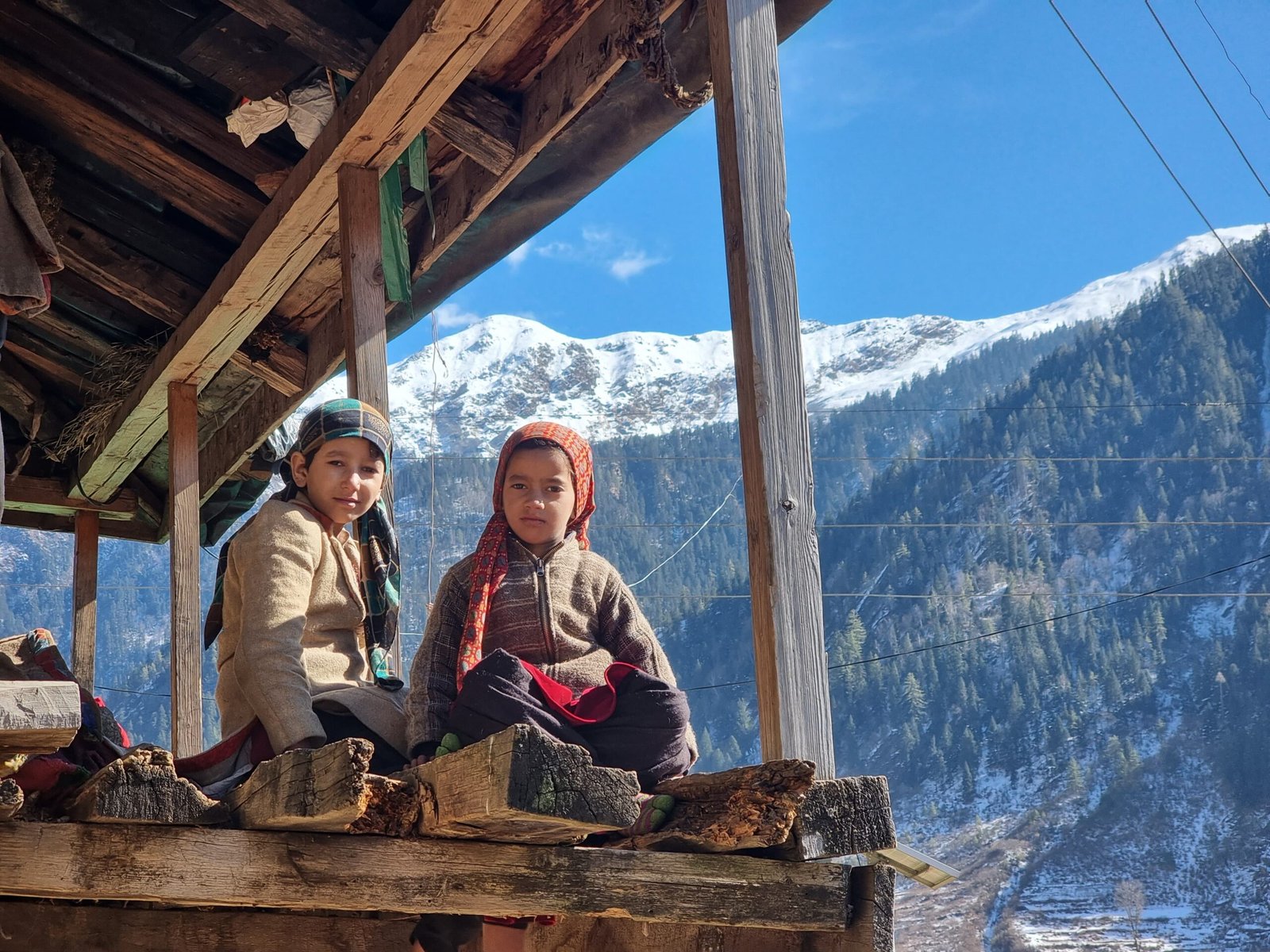
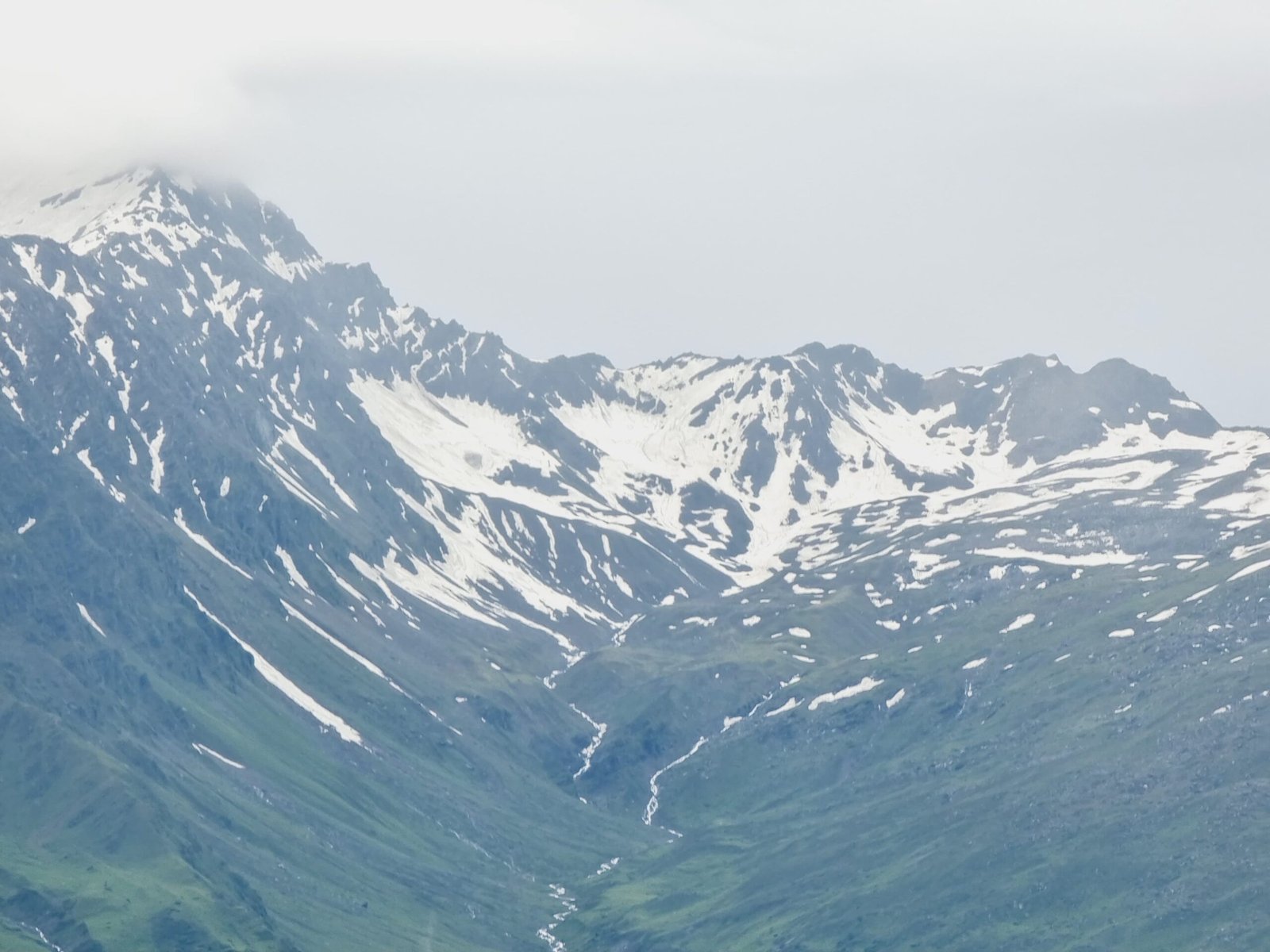


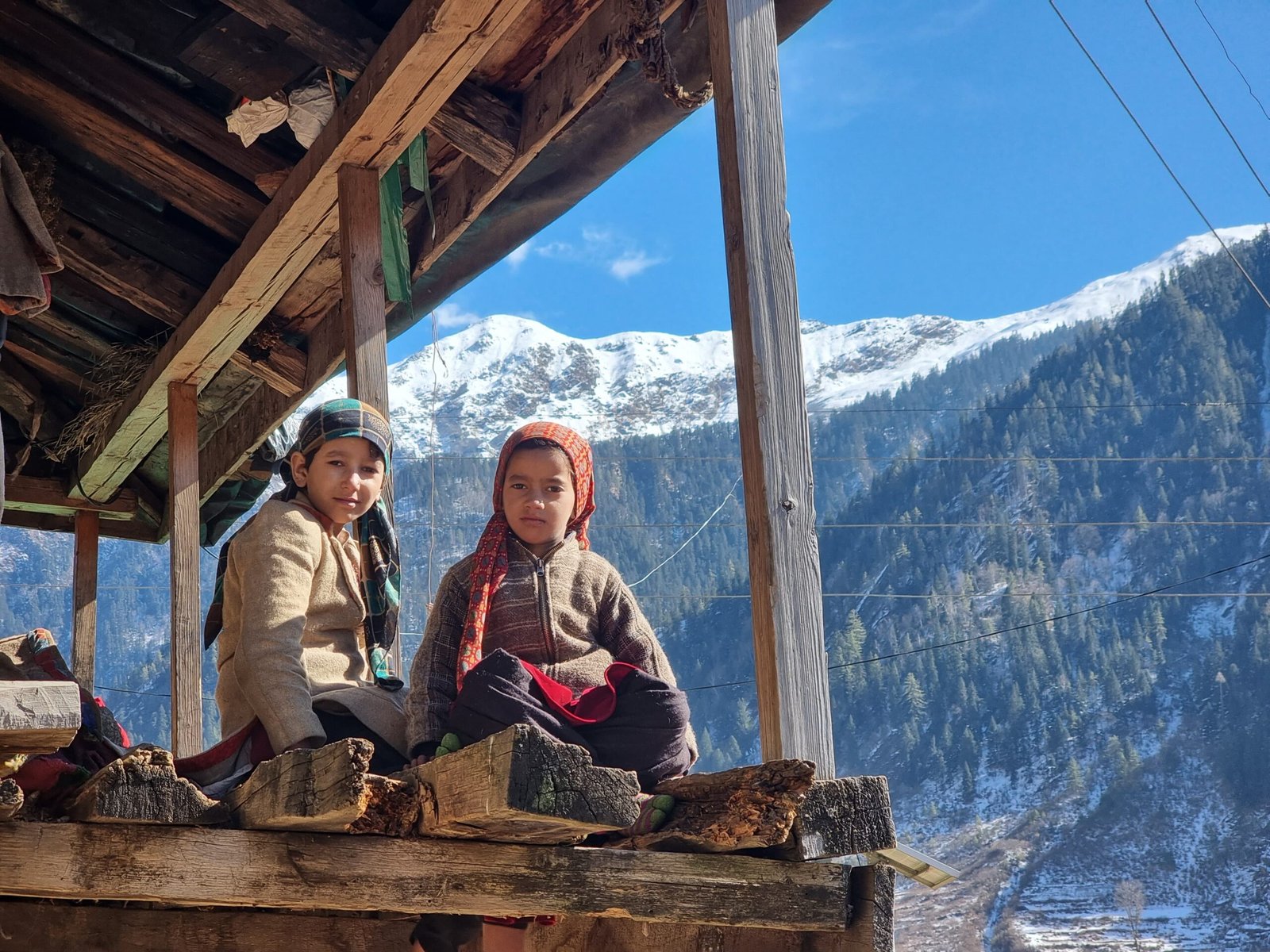
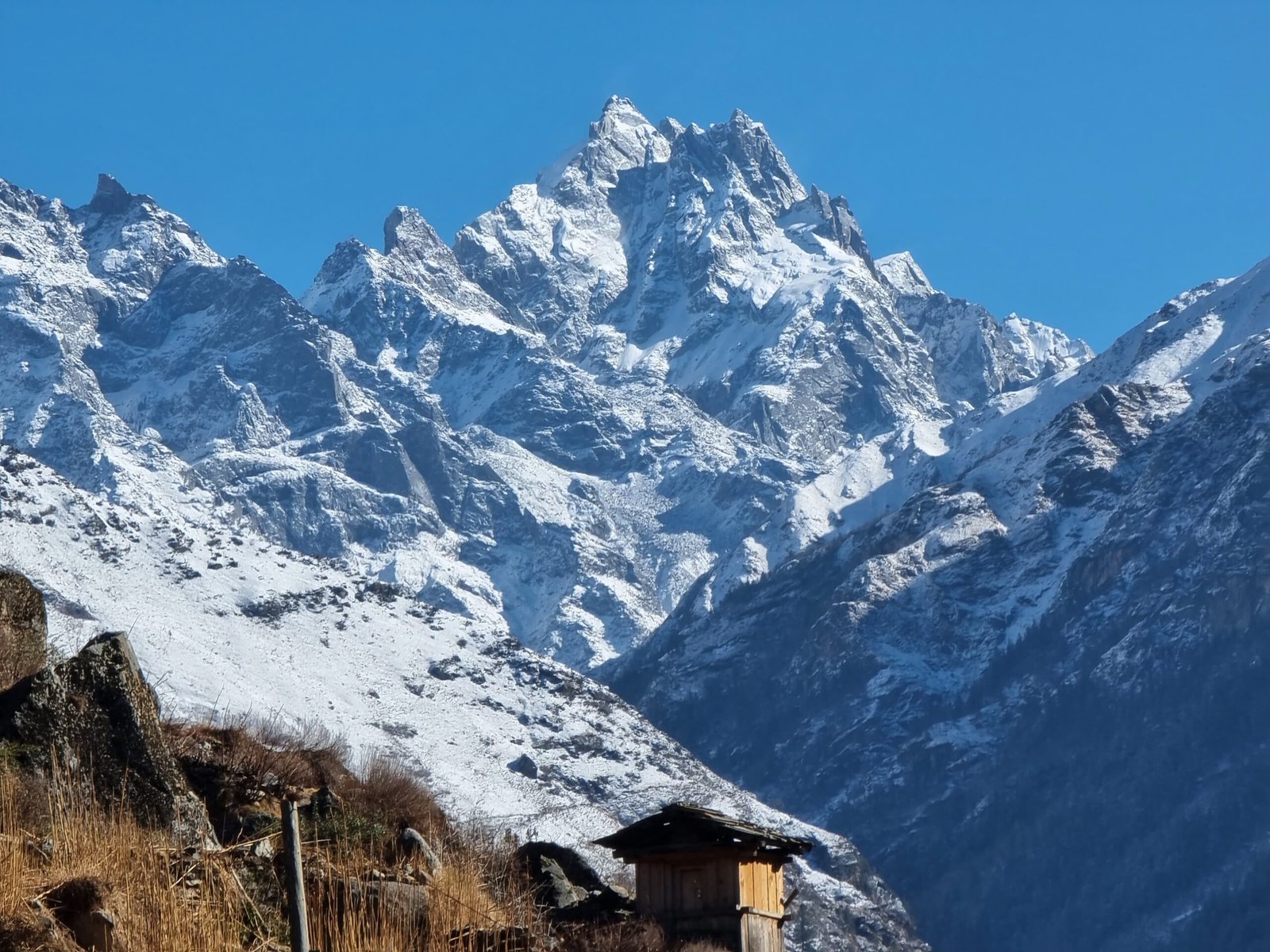

Write Your Review